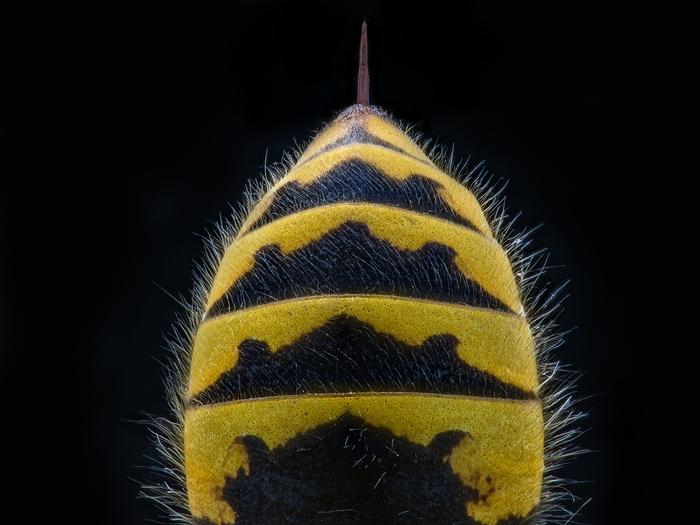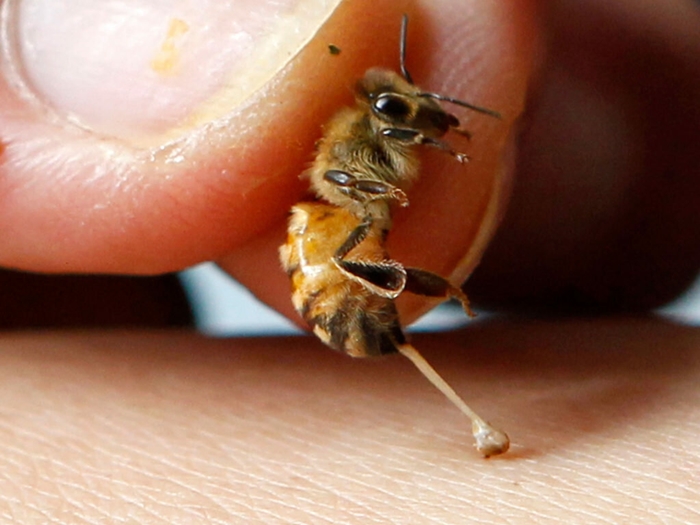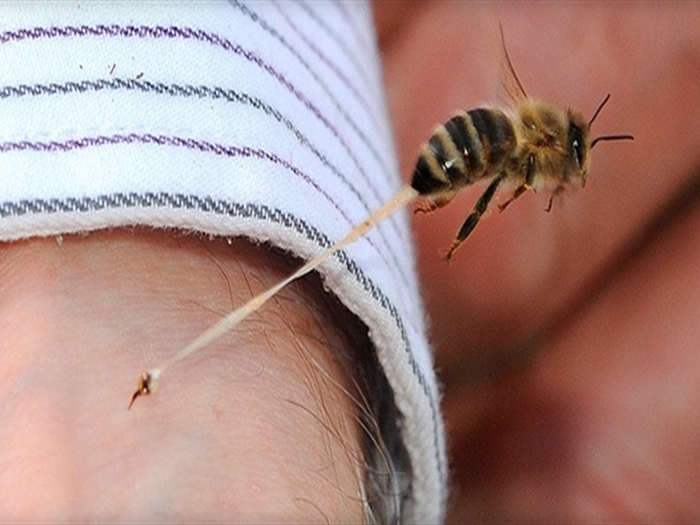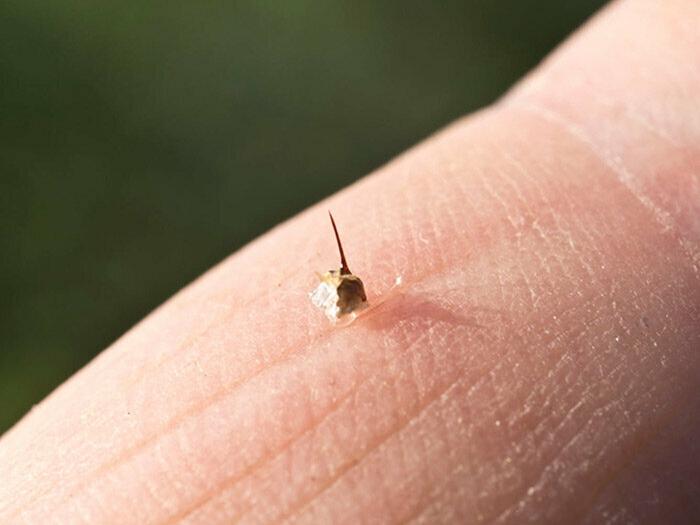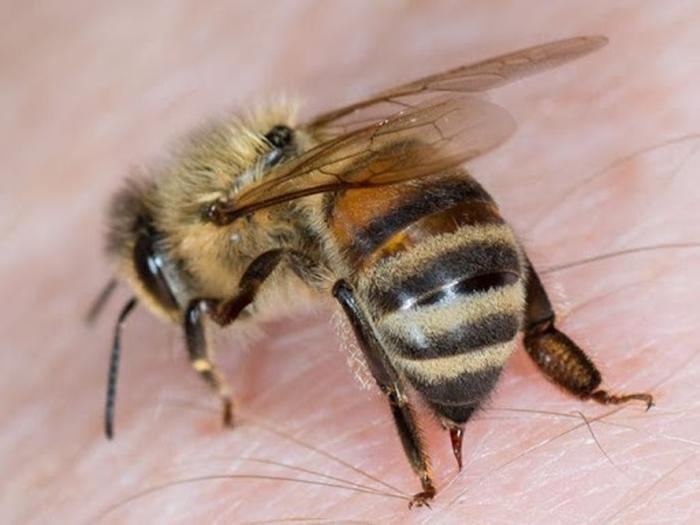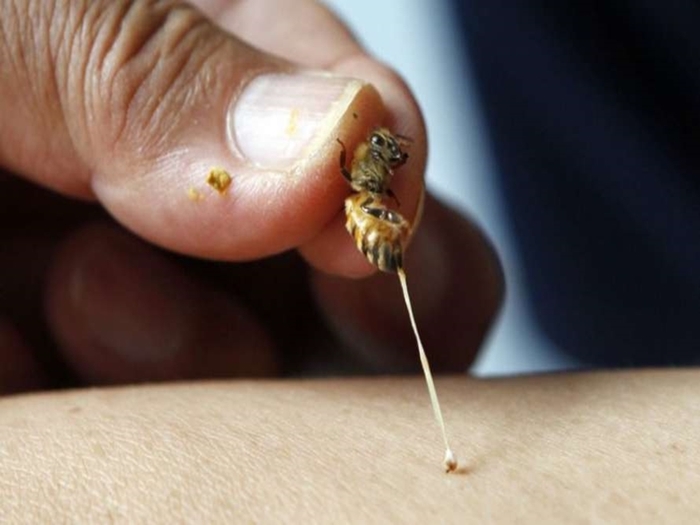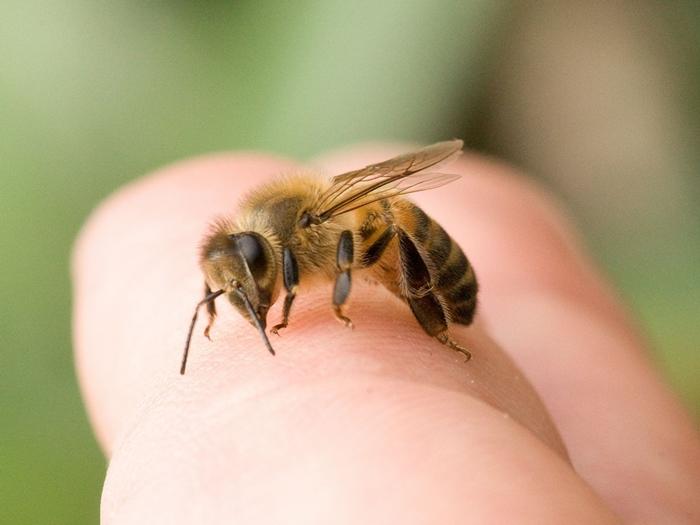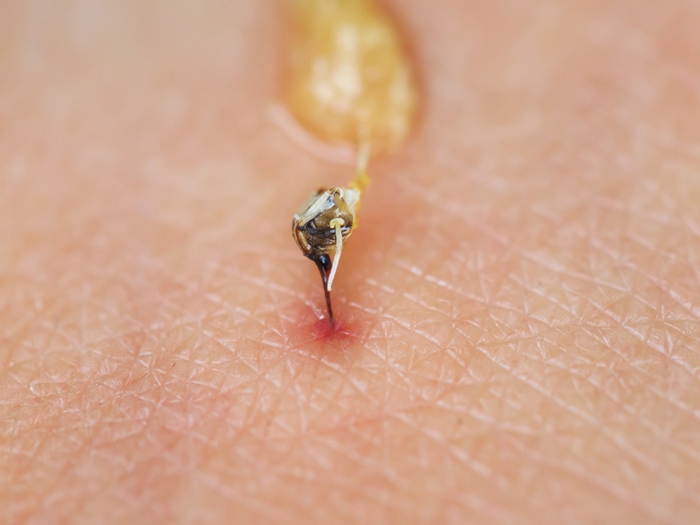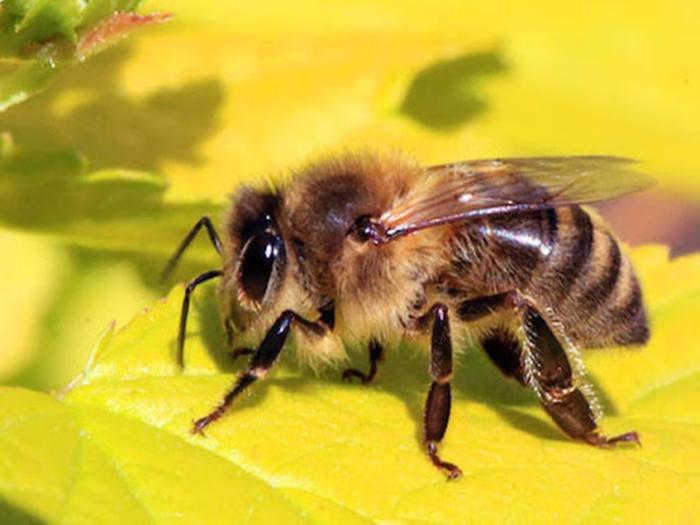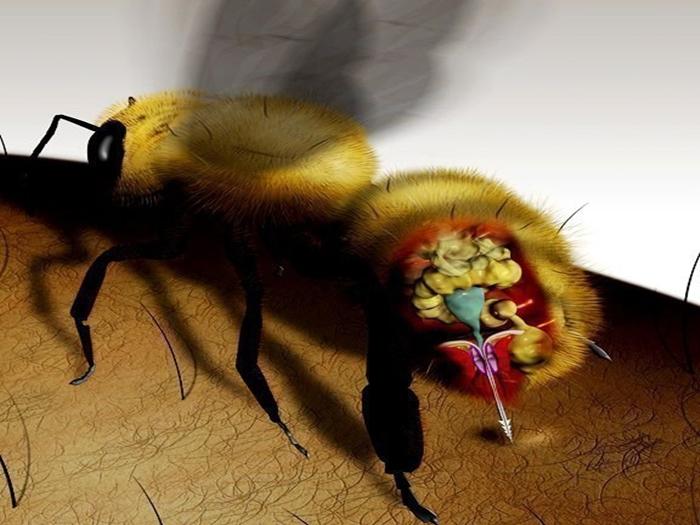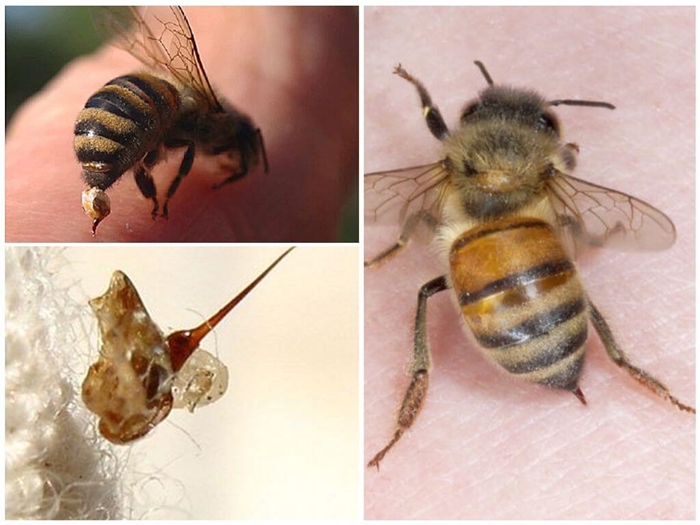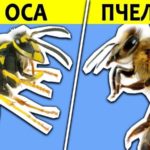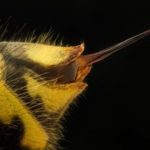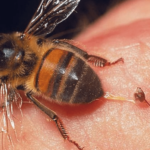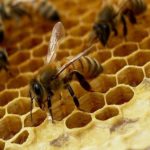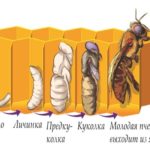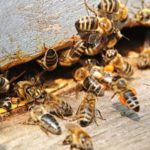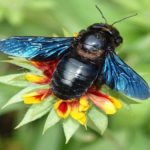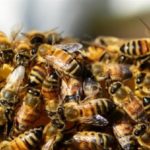To protect themselves from natural enemies, bees use a special organ located in the lower part of the abdomen. Special glands produce toxic substances that enter the sting and, if necessary, are injected into the enemy’s body. How else insects use a sting and why bees die after using it, we will look into the details further.
Where is a bee's sting located and what does it look like?
The sting is a modified reproductive organ, which is located in the back of the abdomen of insects. If working individuals use it to protect themselves from external enemies, then the queen of the hive lays eggs with the help of a sting, and in rare cases uses it to fight other queens.
Depending on the age, sex and breed of insects, the bee sting can vary in design and size from 2 to 4 mm.
- The pointed ovipositor has serrations. In working specimens there are up to 10 such notches on the sting, in the queen there are no more than 4.
- The fixed part consists of elongated plates, sleds, their processes and palps.
- The movable part of the pointed process has a more complex structure, consisting of a large triangle-shaped plate, poisonous glands, many square-shaped plates, stylets, muscles and a special section for the accumulation of toxic substances.
The queen of the hive has the largest sting, which uses it for its intended purpose for laying eggs.
Important! Only female individuals have an ovipositor, so this organ is completely absent in drones.
Functions of the sting and characteristics of the poison
Initially, the functions of the ovipositor were intended exclusively for producing offspring. But in the process of evolution, the organ changed and began to be used by insects to protect their nest, nectar and clutch.
The abdominal part of honey minke whales is mobile and easily bends, which facilitates the rapid release of the sting and a targeted blow to the enemy with a poisonous substance. During the process of defense, the protective organ of one individual releases up to 0.3 mg of poison, which penetrates the enemy’s body. If a person is attacked by a whole swarm of bees, the concentration of toxic substances reaches 0.2 g, which can be fatal.
Due to numerous barbs, insects cannot remove the sting from the enemy’s epidermis layer, so the sharp needle remains in the skin and continues to release toxic substances for a long time.
The toxic substance is colorless, has a pleasant odor, and is intensively used in folk and traditional medicine for the manufacture of various drugs and ointments.
Interesting! Unlike workers, the queen of the hive uses the organ to increase offspring as an ovipositor. For protection, the queen uses her sting only when fighting with other females vying for dominance in the hive.
Stinging process
The jaws of honey insects are not adapted for biting and defense against opponents. Therefore, for their protection, bees use a sting located in the back of the abdomen. If the minke whales are in a calm state, the sting is in a special channel and tightly covered with protective plates.
After a bite, the insects fly away, but with a sharp jerk, the jagged poisonous organ breaks off and remains in the enemy’s body.
Differences from a wasp sting
Unlike bees, the sting of wasps is not equipped with teeth, which trap it in the surface of the enemy’s skin. Therefore, wasps are able to inflict several bites at once.
The main differences between the stings of wasps and bees:
- the stinging organ of wasps is not equipped with a gland with a poisonous substance; the poison enters the enemy’s body through a duct, which is located between the needle and the sled;
- after a bite, the wasp easily removes the stinging organ from the skin of the enemy without consequences for its health;
- bees use a protective organ only in case of danger, and wasps can sting for no particular reason, responding to sudden movements or strong odors with aggressive behavior.
Fact! During the attack, the wasp can use its sting up to 5 times without removing the stinging organ inside the abdomen. Also, the mouthparts of insects are equipped with a powerful, strong jaw, which wasps use to bite.
How long does a bee live after being stung?
In the process of defensive actions, the jagged organ remains in the enemy’s body, and the bees fly away with an open wound. Due to severe damage after a sting, bees live for several hours and die.
If minke whales defend themselves from insects covered with a hard chitinous shell, the stinging organ is freely removed from the enemy’s body, and the bee remains alive and unharmed. But if other bees or wasps attack and get stung, the honey minke whales die.
What to do if stung by a bee
In case of a bee sting, it is necessary to remove the sting from the skin and treat the wound with antiseptic drugs. If you are prone to allergic reactions, you must take antihistamines.
You can also relieve the effects of insect bites with a cold compress, painkillers, and baking soda.

